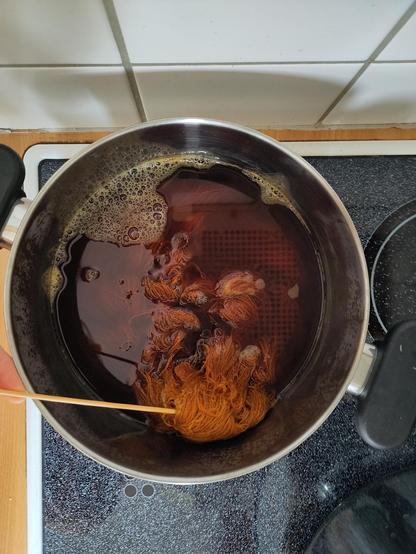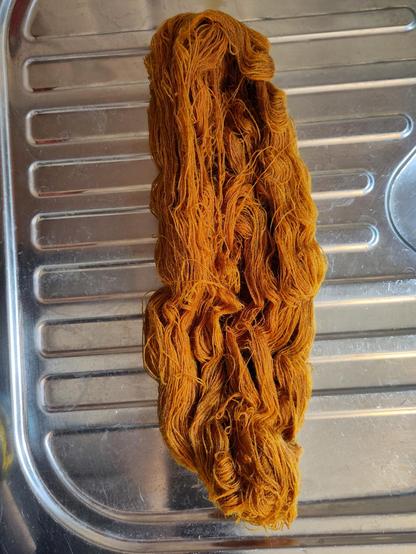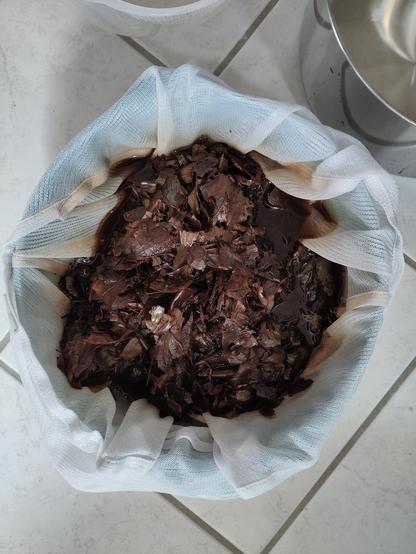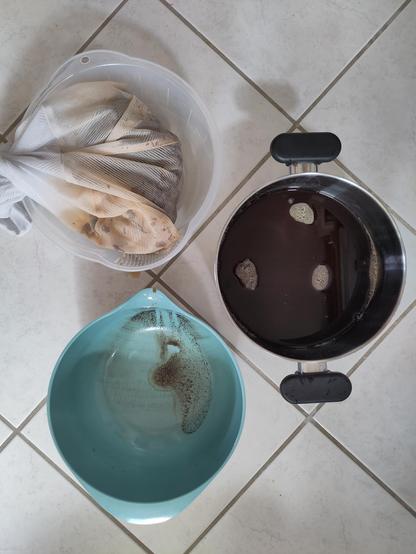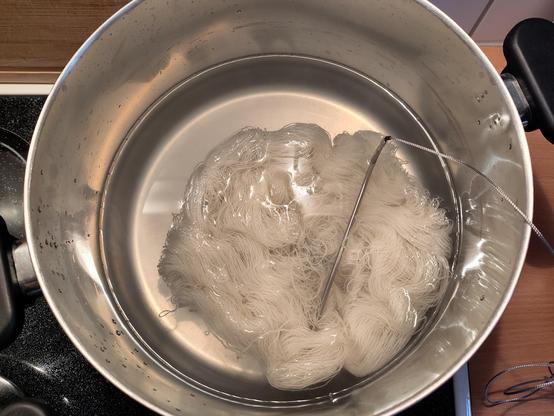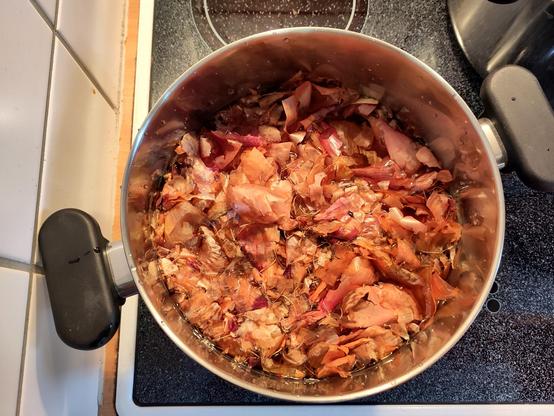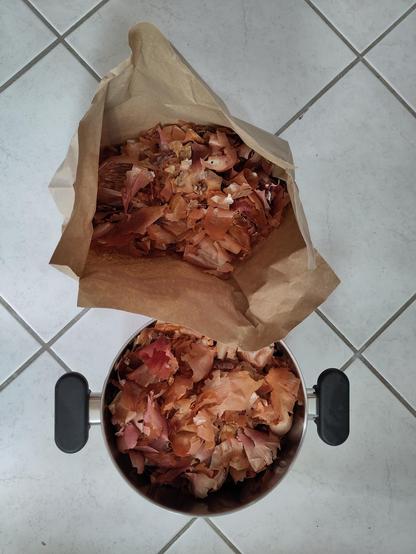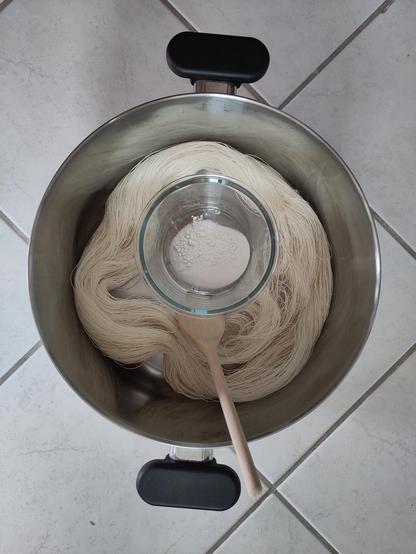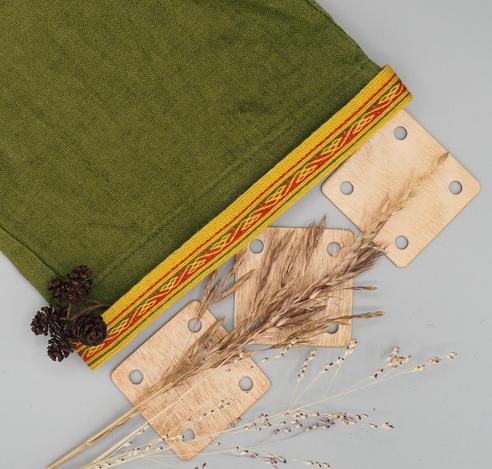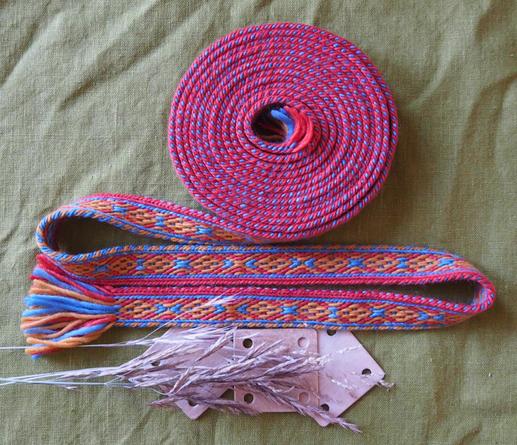The wool has been sitting in the colouring broth the whole day. I finally took it out, rinsed it and hung it out to dry. I am pretty pleased with the colour. Most probably it will lighten a bit when dry, but it is an even and luscius yellow.
#naturaldyeing #tabletweaving #dyeingwithplants #plantdyeing
